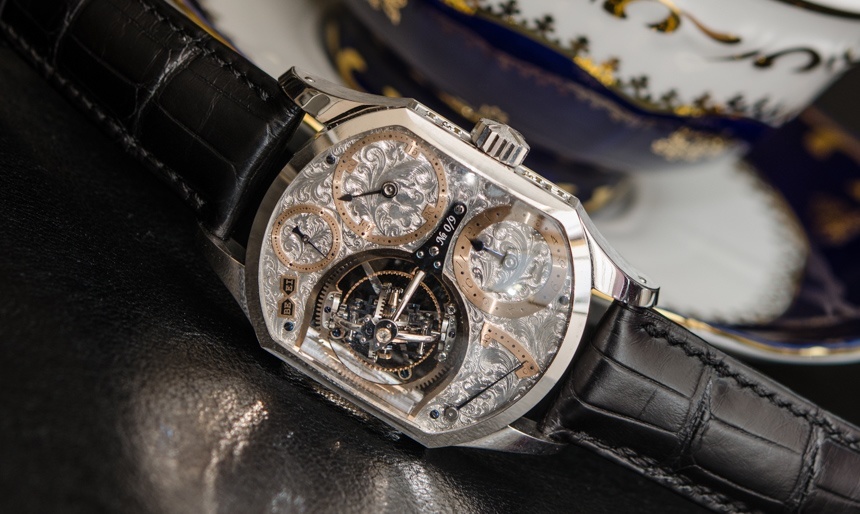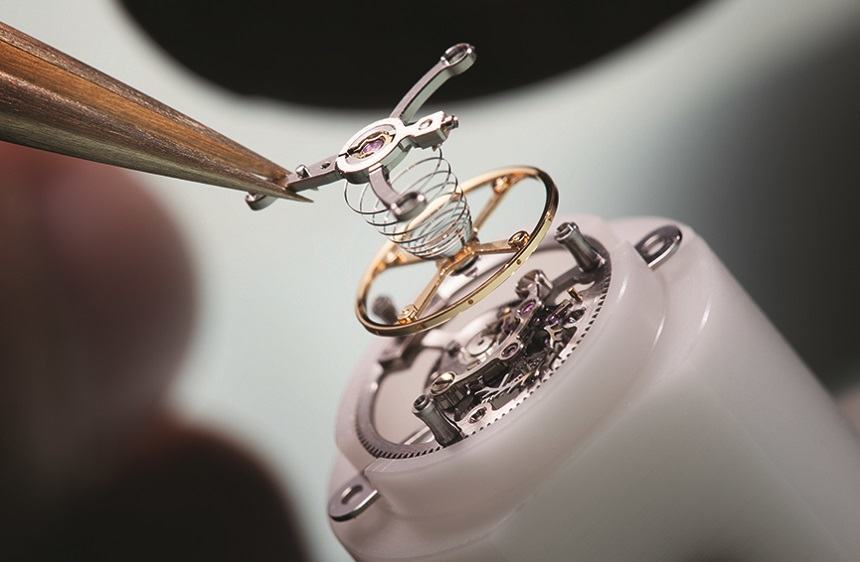
It is often said that if you want an accurate watch, you are better off with a quartz piece. While that might certainly be true, does that mean that timekeeping performance in mechanical watches is unimportant? Remember, many watch brands like to advertise their watches as being capable timekeepers. So why is it so hard to find information on how accurate your watch is supposed to be? We attempt to shed some light on this situation.
Moving on, we are turning our attention to a modern day icon and what is surely one of the world’s most popular chronographs, the Rolex Daytona. If you were to look at the Daytona for what it is today, it would be unthinkable to find that Rolex struggled to sell them in the watch’s early days. That’s right, Rolex Daytona watches were unloved and practically worthless during their earliest days. Oh how the tables have turned, and vintage Daytonas are now fetching eye-watering prices at auctions. Join us as we look back on the history of the iconic Rolex Daytona.
Finally, we share a story of triumph, of how one collector persevered and, against all odds, acquired the three F.P. Journe watches of his dreams. And mind you, these aren’t any ordinary Journe watches. What we are talking about here are the three Journe watches that formed the entire collection of F.P. Journe in the brand’s earliest years.
1. Rolex Daytona Watch: A Zero To Hero Story
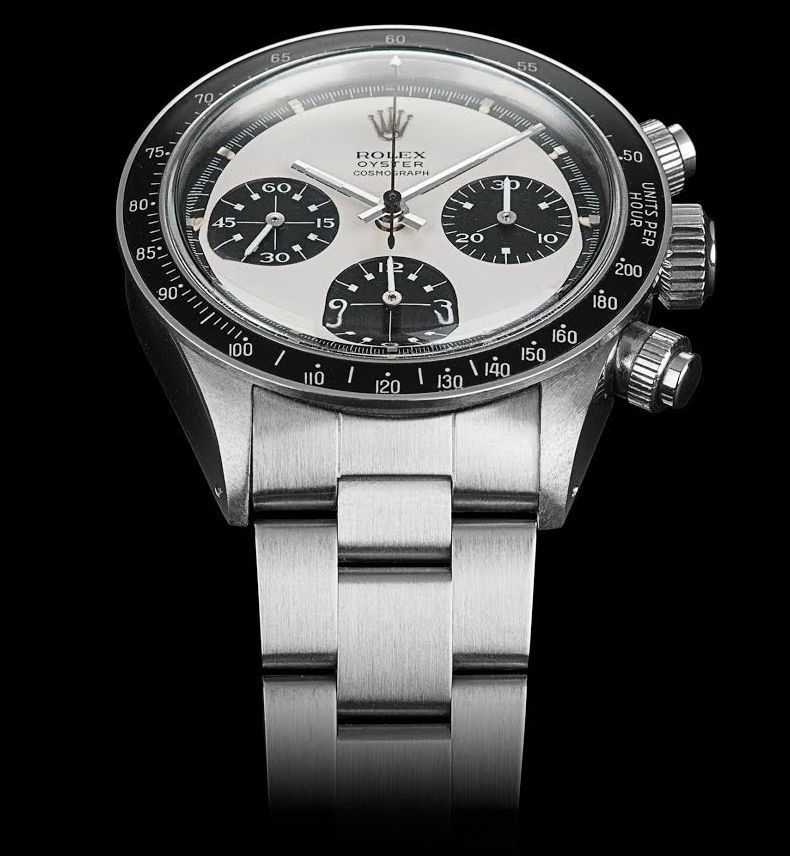
Looking at the popularity of the Rolex Daytona today, it’s almost impossible to believe that in its early years, Rolex would struggle to sell them. And yet, that’s the truth. In the years following the Daytona’s conception, Rolex had problems selling even 500 of them in a year. Now, however, the stainless steel Daytona with the black dial is almost always out of stock at the boutiques and stories of them selling at prices above list is nothing unusual. What’s more incredible is perhaps how well vintage Daytonas are doing at auction houses, with a particularly rare variant going under the hammer for over a million in 2013. This, then, is the story of how the Daytona went from zero to hero.
Source: aBlogtoWatch
2. Should Watch Makers Advertise The Accuracy Of Mechanical Watches?
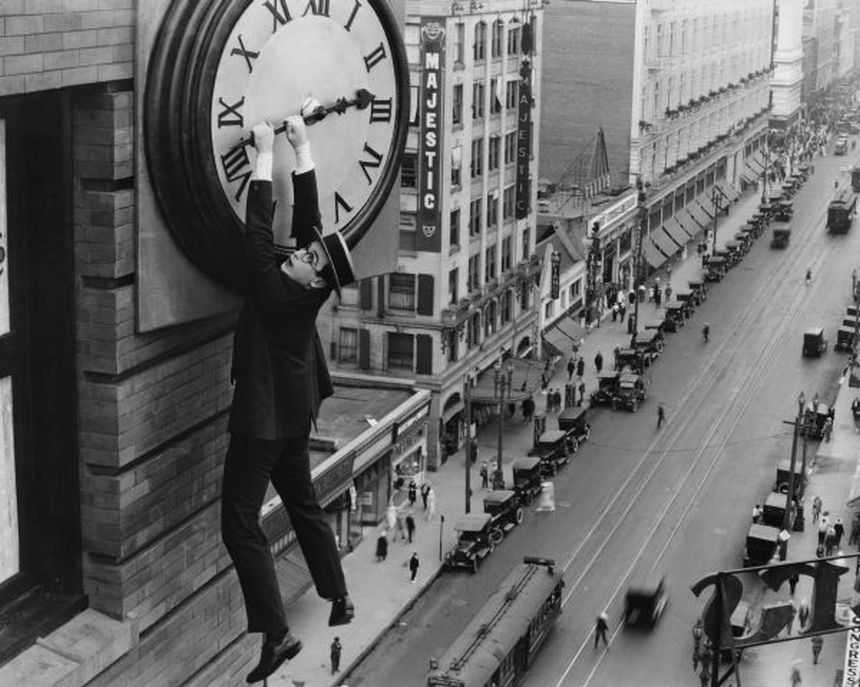
The proliferation of affordable quartz watches and phones now means that timekeeping is no longer the primary job of any watch. Let’s be honest, how many of you actually purchased a watch based on how accurate it is? Yet, having said all this, isn’t it unusual that watch brands do not actually state how accurate their watches are? This is especially curious when you consider that so many of them actually pride themselves on their watches’ timekeeping capabilities. Yet, all of this is not without reason, and here, we explain and present some reasons why brands might not want to advertise the accuracy of their watches.
Source: aBlogtoWatch
3. Bexei Primus Triple-Axis Tourbillon Watch Hands-On
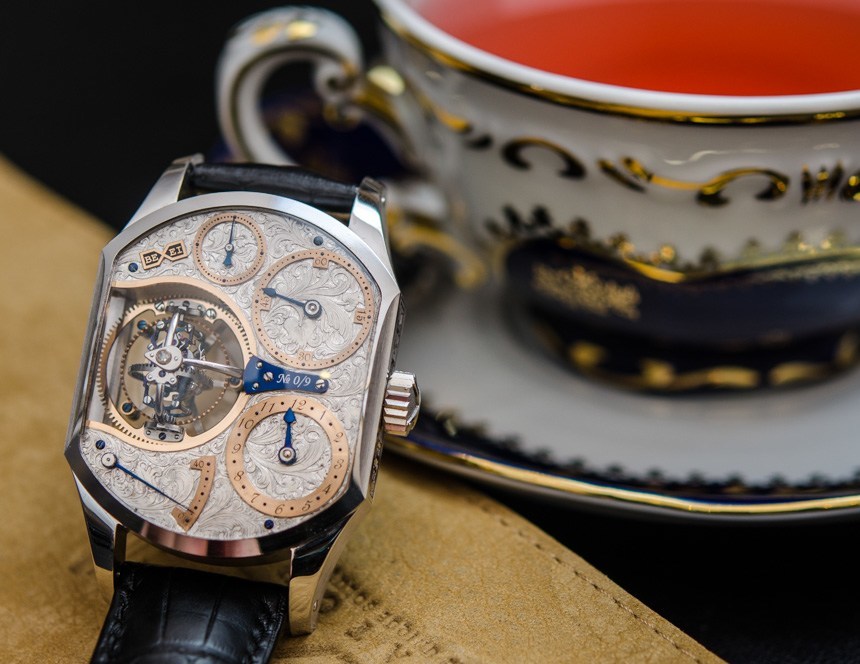
If you think the finest watches can only come from Switzerland or Germany, or even Japan, think again. We wrote about Bexei in the past, and if you have already forgotten, Bexei is the brand of one Aaron Becsei from Hungary. It’s really a one-man operation and Aaron makes nearly all the components of the watch on his own, save for the sapphire crystals, springs, and escape wheels. As a result, he makes less than half a dozen watches per year. This time, we are revisiting Bexei to check out the Primus Triple-Axis Tourbillon. Take a closer look at this watch and find out why it is so significant as compared to other triple-axis tourbillon watches in our hands-on here.
Source: aBlogtoWatch
4. Bovet Amadeo Fleurier Tourbillon Braveheart Watch Hands-On
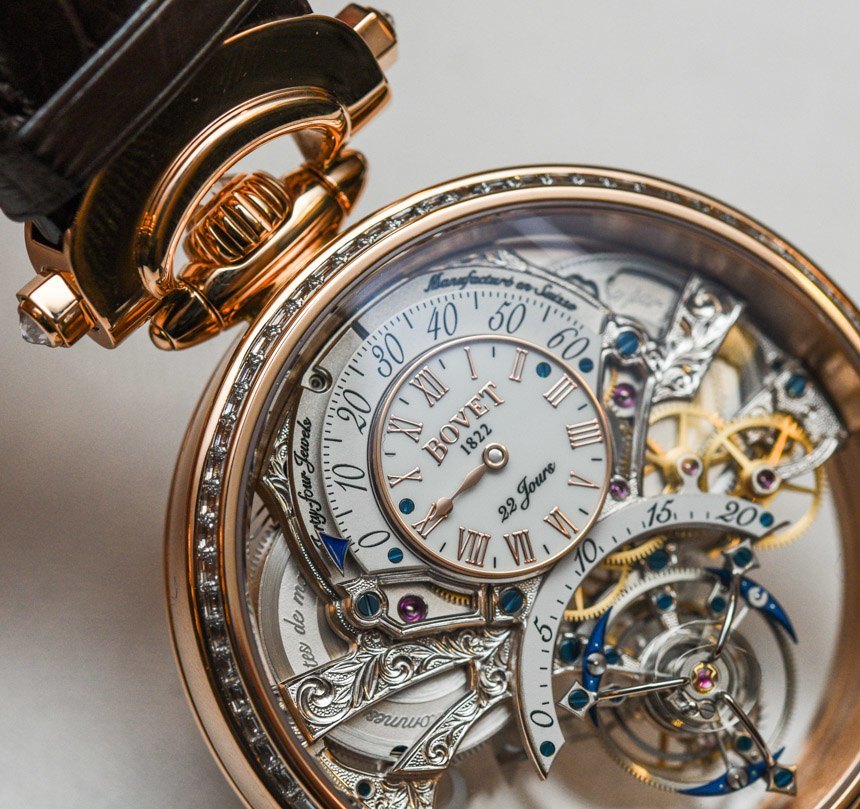
Bovet makes some of the most truly outrageous watches, and though the design of their watches can come across as a tad in-your-face, it’s hard to deny their technical qualities and their uniqueness. The Amadeo Fleurier Tourbillon Braveheart has an undeniably cool name, but it has some unique features too. To begin, it has a cylindrical hairspring, which is only found in a handful of other watches. Next, it doesn’t have a traditional balance wheel and instead uses a three-prong device called a “felly” to improve timekeeping. Finally, the watch has a really long power reserve of 22 days and an Amadeo-style case, which means it has two dials and can be worn either side up.
Source: aBlogtoWatch
5. Emmanuel Bouchet Complication One Watch Review
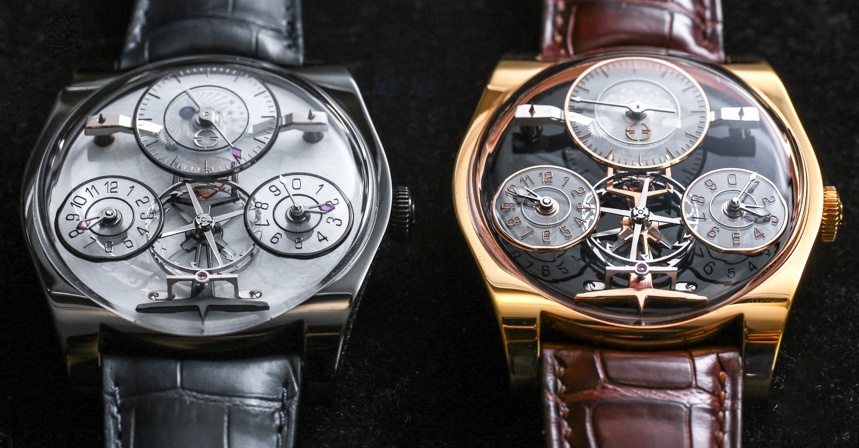
You are probably looking at this watch and thinking that the wheel-shaped device is the escapement and that this watch is kind of like MB&F’s Legacy Machine. Well, you are wrong. I think the best way to think of the Emmanuel Bouchet Complication One is that it is in some ways like a regulateur watch, with the sub-dial at the bottom left indicating the hours and the one at bottom right showing the minutes. The wheel-shaped device can therefore be thought of as a jumping mechanism or a very slow escapement. By the way, if the name Emmanuel Bouchet doesn’t ring any bells, that’s because he is a relatively new independent watchmaker. Despite that, he was the man responsible for the Harry Winston Opus 12.
Source: aBlogtoWatch
6. Breguet Tradition 7077 Chronograph Independent Watch Hands-On
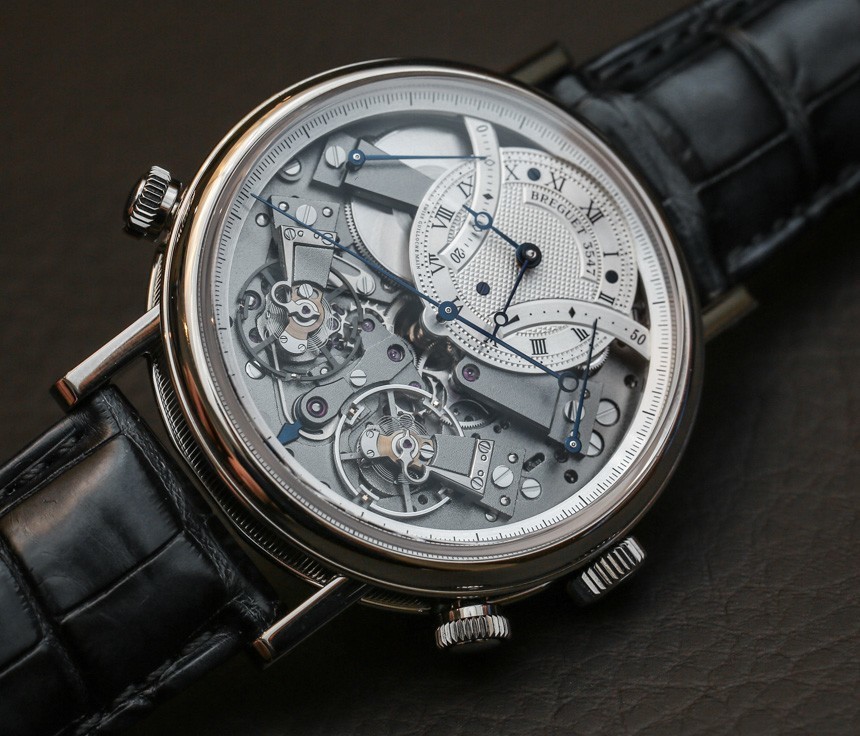
Breguet’s recent pieces have been very interesting especially from a technical point of view. The Breguet Classique Chronométrie 7727 was particularly exciting and is an important piece of horology because it pioneered the use of magnetic pivots and silicon in the balance to produce a watch that could run at 10Hz. And the Breguet Tradition 7077 Chronograph Independent Watch that we have here is just as interesting. As you can see, it has two escapements, and that’s because the chronograph functions independently and has its own power reserve in the form of a small blade spring. What’s more intriguing is the way you store power in this blade spring. Hit the link below to find out more.
Source: aBlogtoWatch

